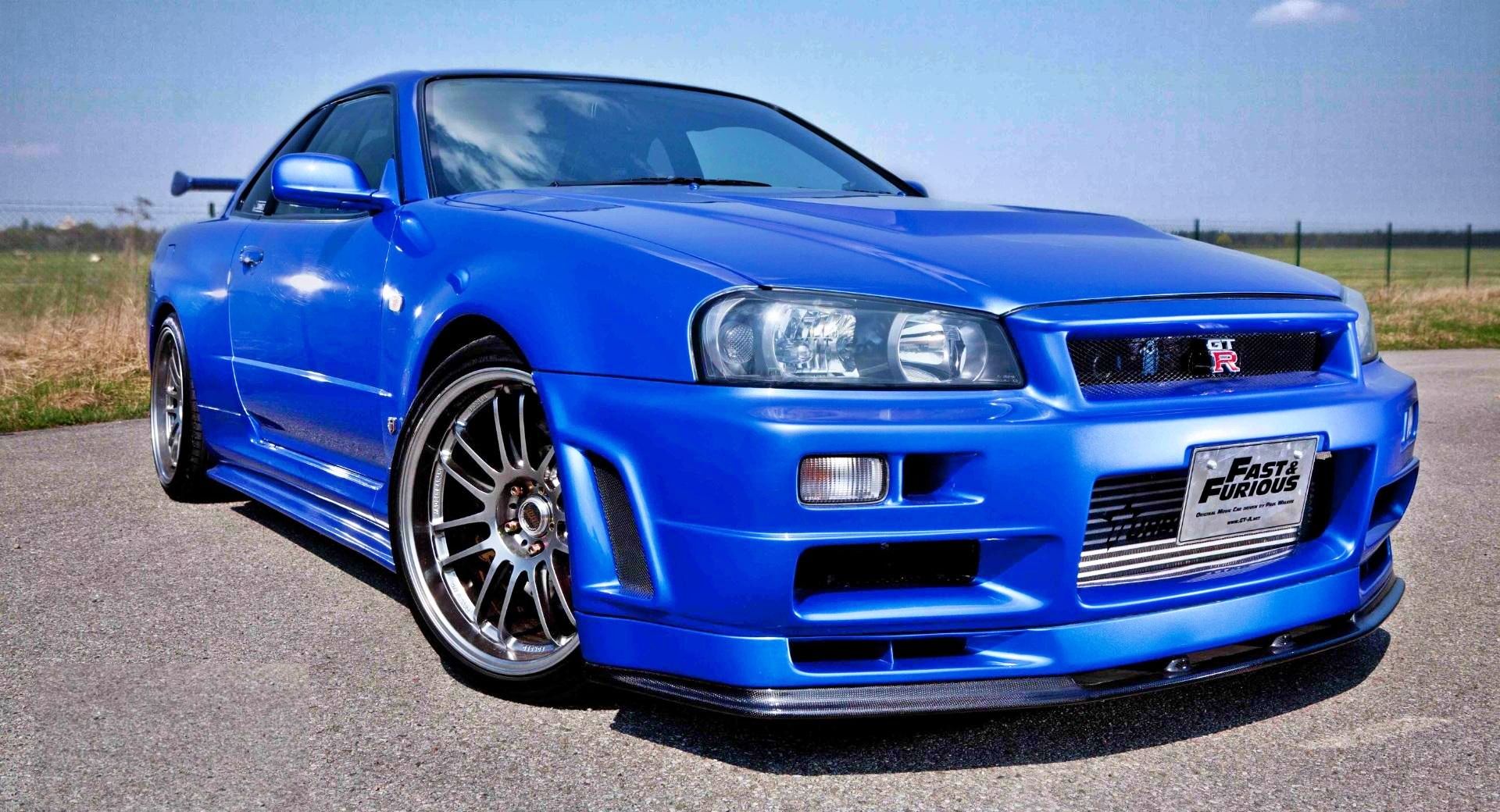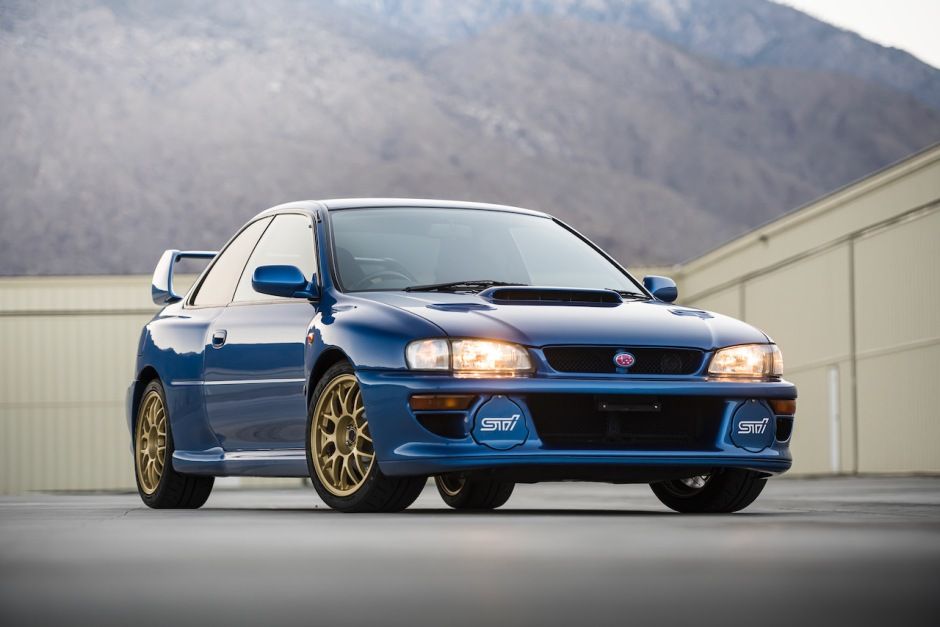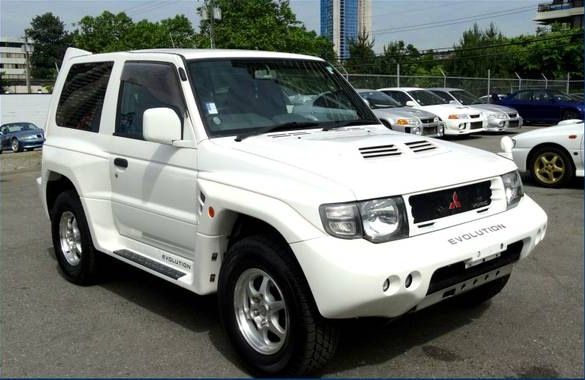In the heyday of the "yuppies", the mid-1980's, over 60,000 “grey market” automobiles were being imported into the United States annually. American drivers of that era were drawn to a wider selection of vehicles available from abroad, not to mention a significant cost savings versus buying imported vehicles through conventional channels. Even though many grey market importers were doing a good job of converting these automobiles to American safety and emissions standards, some were caught cutting corners and not making the necessary modifications. These grey market cars were also diverting profits from the manufacturers themselves.
This gave automakers, led by Mercedes-Benz, the ammunition they needed to get Congress to create laws prohibiting the import of grey market vehicles. It soon became nearly impossible to import a car and by 1995, the number of grey market imports sunk to less than 300. Then suddenly, in 1998, the National Highway Traffic Safety Administration issued the "25 Year Rule." This rule allows vehicles older than 25 years to be imported into the country without rigorous crash testing or emissions modifications because they are considered “collectible”. As it so happens, a number of rare and highly desirable Japanese cars are turning 25 years old right now. Here are five that you can import, come 2023.
1998 Subaru WRX STi 22B
Is there any Subaru more iconic than the 1998 Impreza 22B STi? Built to simultaneously celebrate the Japanese brand’s 40th anniversary and third consecutive World Rally Championship title, just 424 examples were sold worldwide, with 400 allocated to the Japanese market. A street-legal version of the Impreza that participated in the rally series, each car was outfitted with a wide-body kit, giant adjustable rear wing and 17-inch gold-painted BBS alloy wheels. Under the hood lies a 2.2-liter turbocharged flat-four pumping out 280 horsepower, mated to a five-speed manual transmission.
Enhancements to the chassis include an electronically locking center differential, red STI brake calipers and specially tuned suspension. Inside, lucky owners will find a unique blue and black two-toned interior with red contrasting stitching. Perhaps the rarest car in this article, a 1998 Impreza 22B STi with only 25,000 miles on the odometer sold for over $312,000 in 2021! At the time, it was imported into the United States under strict “Show or Display” rules. But now in 2023, it can be registered and driven as often as desired without restriction.
Honda Prelude Type S
The fifth generation Honda Prelude was produced from 1996-2001, with a mid-cycle refresh in 1999. At the time, it was widely praised for being a stylish sports coupe that delivered solid performance from its VTEC engine and notably, it was one of the first cars to offer four-wheel steering technology. The fifth-gen Prelude was also quite a handsome car. Jeremy Clarkson of Top Gear infamy called it “one of the best looking Japanese cars ever made” and we agree.
The JDM “Type S” elevated the already great Prelude performance to the next level, with a 220 horsepower 2.2 liter H22A “red top” engine, so nicknamed for its prominent crimson valve cover.The H22A represents a 20 horsepower improvement over the top level Prelude available in America, which had a 200 horsepower 2.0 liter. Beside the upgraded powerplant, the Type S came with a slick 5-speed manual transmission (no automatic was available) and Honda’s Active Torque Transfer System (ATTS), which neutralized the notorious understeer that plagues many front-wheel-drive cars.
Mitsubishi Pajero Evolution
For over a decade, the Mitsubishi Pajero Evolution was strictly an off-road competition car based on the regular Mitsubishi Pajero. In the late 1990s, Mitsubishi decided to expand their Dakar Rally racing program to the T2 production-based class. In order to homologate the Pajero Evolution for the Dakar Rally's T2 class, Mitsubishi had to manufacture a road-legal version.
It was based on the second generation Pajero, already an AWD, but had many features unique to the Evolution such as a 3.5-liter 24-valve DOHC V-6 engine that produced 275 horsepower, multi-link independent suspension, and Torsen differentials. Externally, the two-door body had large fender flares, a hood scoop, rear spoiler, mud flaps, and underbody skid plates off-road protection. Approximately 2500 road-legal examples were produced over the course of three years from 1997-1999, making the Evolution quite rare indeed.
Honda EK9 Type-R Civic
The sixth-generation Civic, introduced in 1995, was offered with a bewildering array of engines, body styles and trim levels. However, the most sporty and desirable iteration was the Type R that Honda introduced for the 1998 model year. Unlike the Integra Type R, which was available internationally, the Civic Type R was only sold in Japan. Motivation was provided by a 1.6-liter inline-four making 182 horsepower at a screaming 8200 rpm.
In contrast, the U.S. market had to be content with the “Si” trim with its 160 horsepower output. It’s not all about drag racing prowess though. EK9s are stripped down to keep the weight low and have a limited-slip differential. Styling-wise, the Civic R’s were offered in three color choices: Black, white, and silver, all of which had a body kit consisting of side skirts and front and rear spoilers. Curiously, all three colors came with white painted alloy wheels.
Nissan R34 Skyline GT-R
The first cars to ever wear the name "Skyline GT-R" were produced way back in 1969. Since then, there have been many subsequent redesigns of the Skyline GT-R, but the R34 is considered by many enthusiasts to be most impressive. Some of the R34’s fame can be traced back to the film 2 Fast 2 Furious, in which the late Paul Walker’s character was shown to own and drive a heavily modified 550-horsepower fifth-generation Skyline. But in stock form, the R34 was capable of 276 horsepower from its twin-turbo RB26 inline-six. Paired with a six-speed manual transmission, it accelerated from 0-60 mph in only 4.6 seconds. Although these cars were sold for approximately $70,000 when new, prices have more than doubled for mint examples with low miles.



